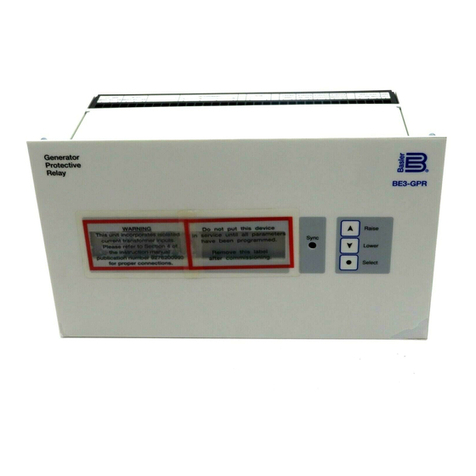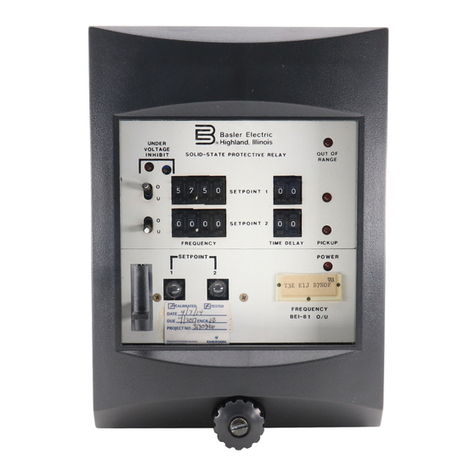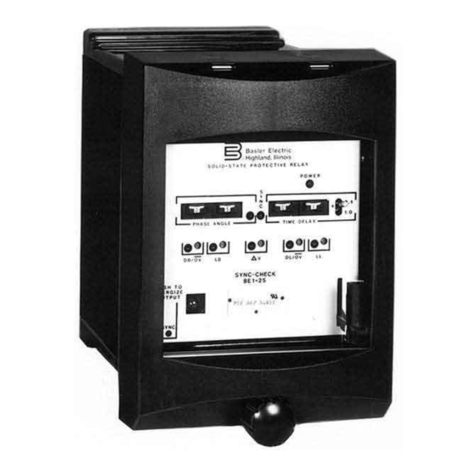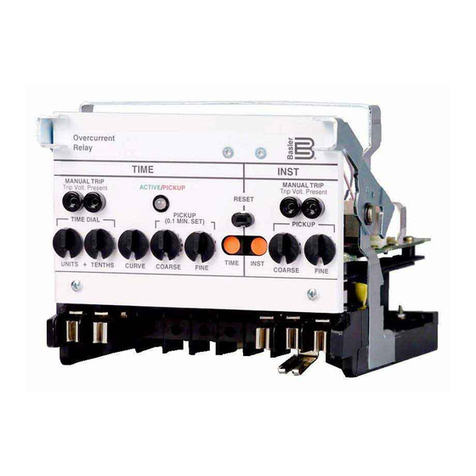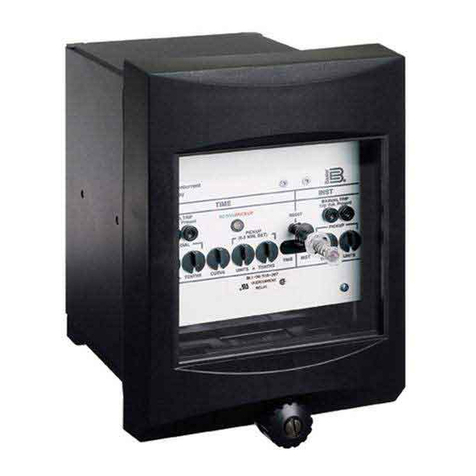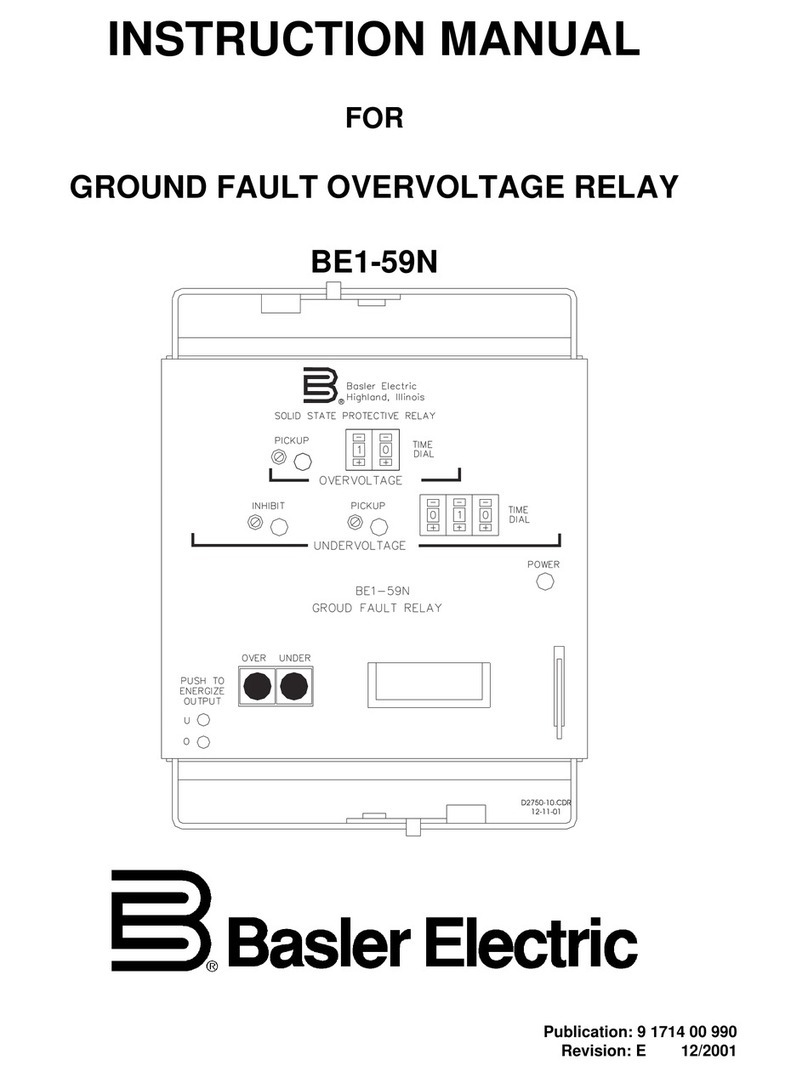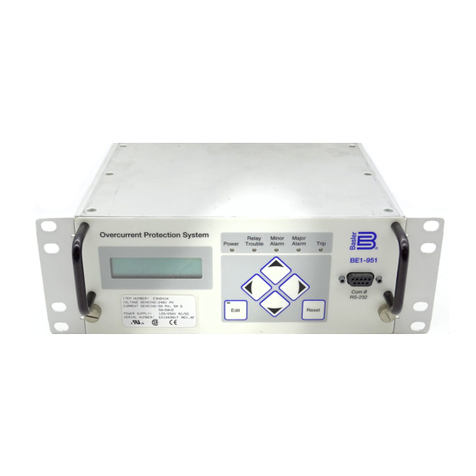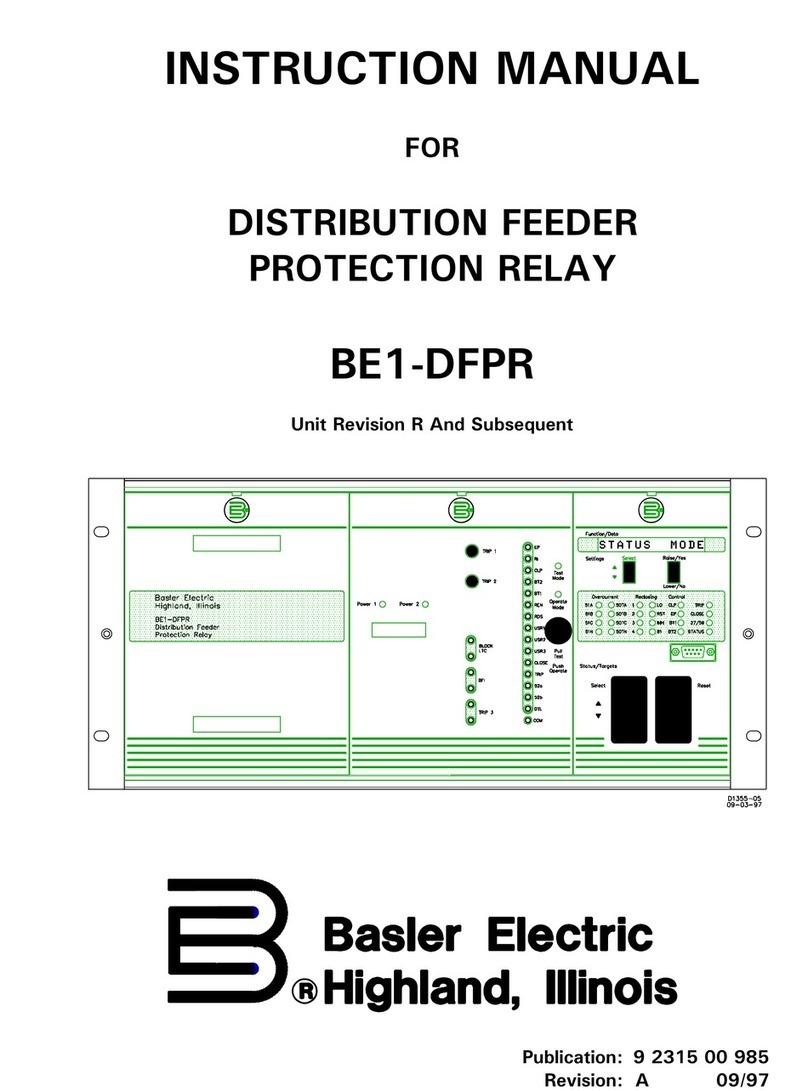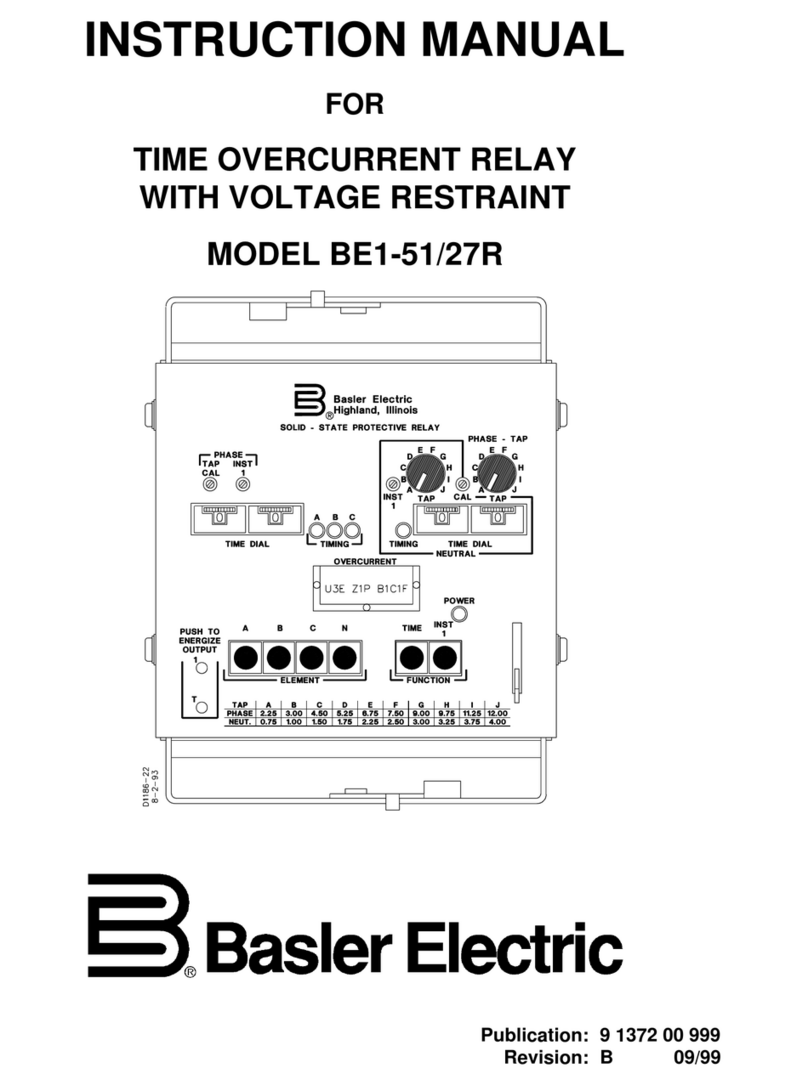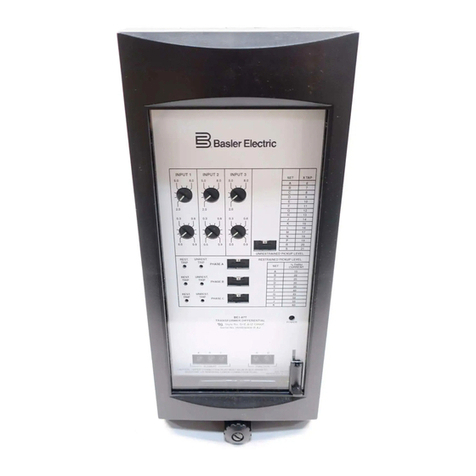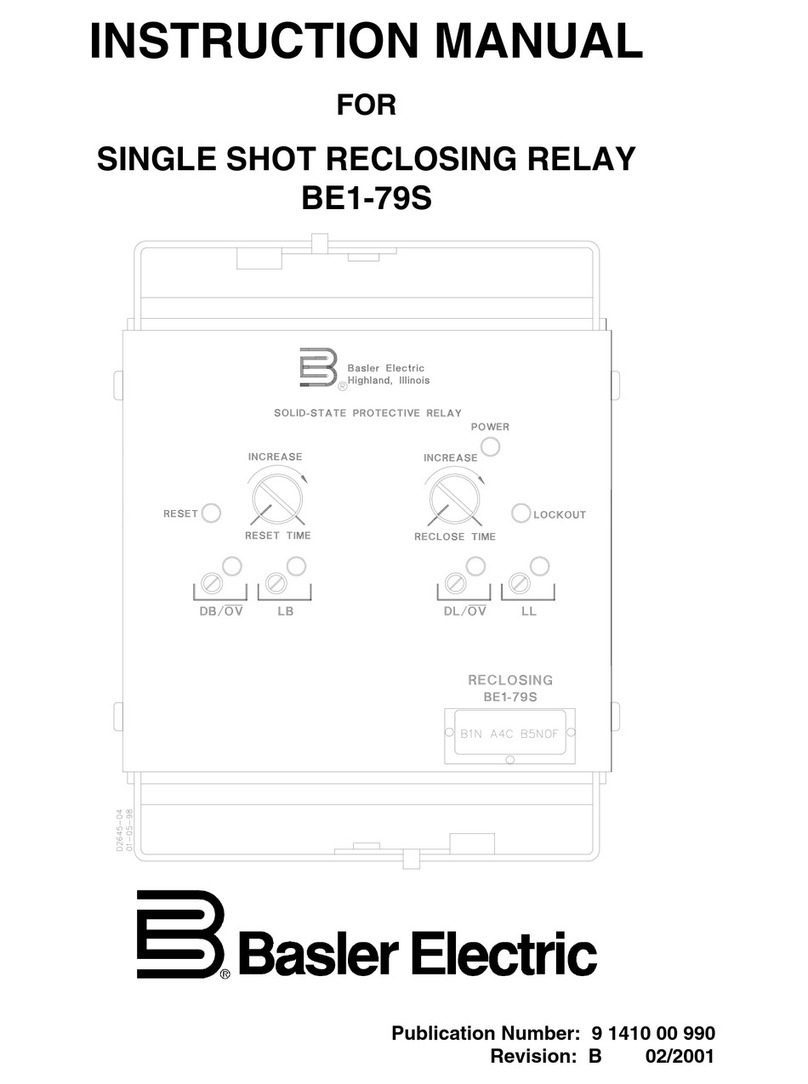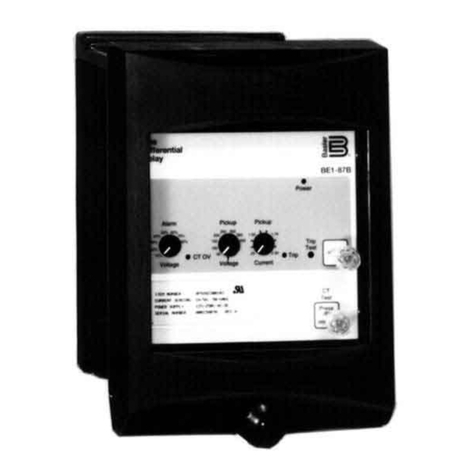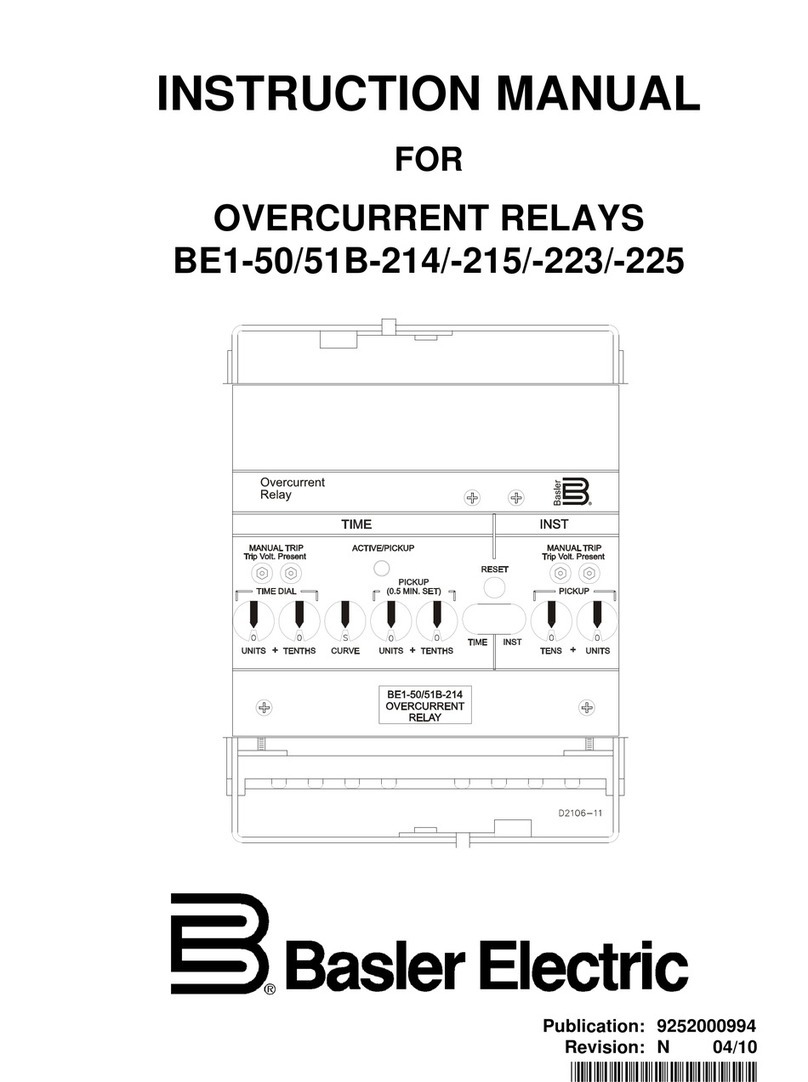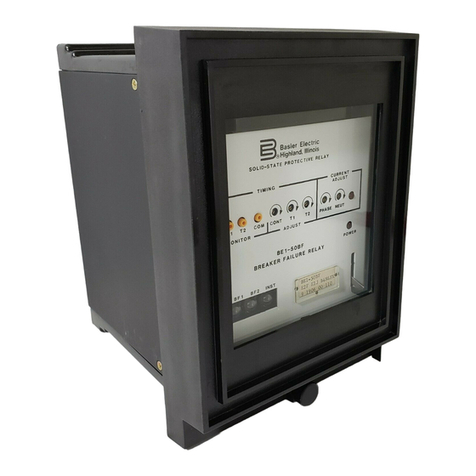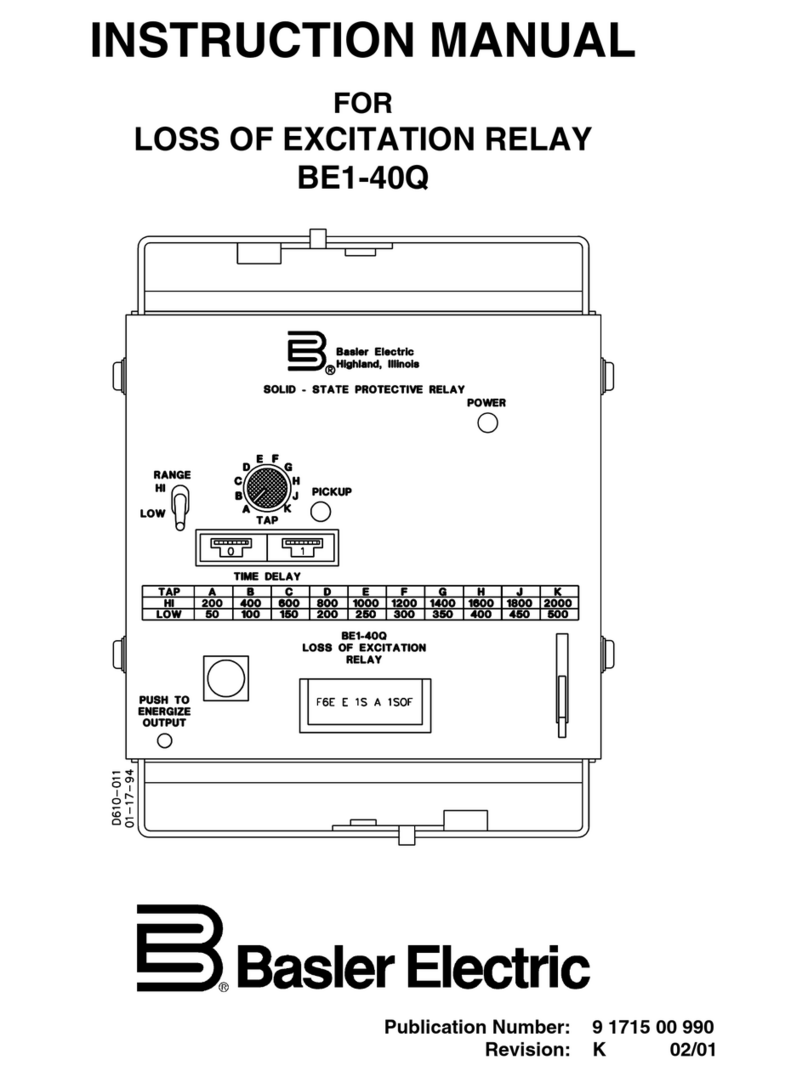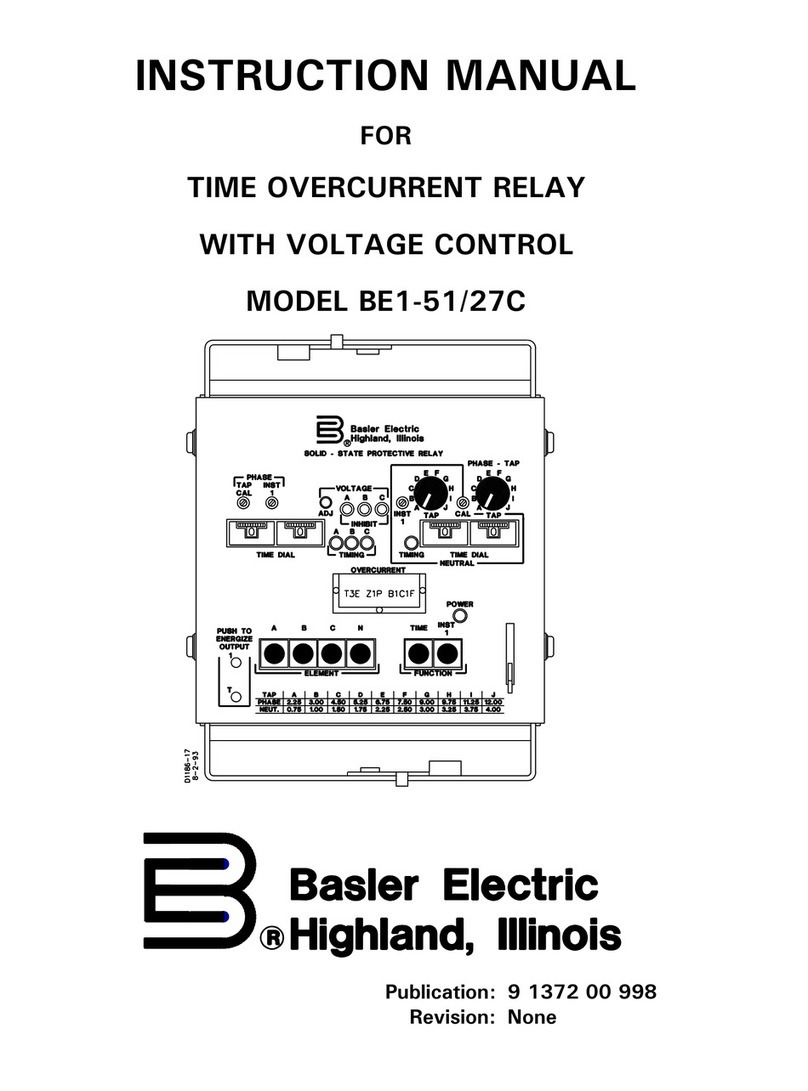
iii
CONTENTS
Section 1 GENERAL INFORMATION 1-1
General ................................................ 1-1
Application .............................................. 1-1
Capacitor Bank Switching ............................... 1-1
Protection ........................................... 1-1
Input Sensing ........................................ 1-2
Alarms And Outputs ................................... 1-3
Model and Style Number Description ......................... 1-3
Sample Style Number .................................. 1-3
Style Number Identification Chart ......................... 1-4
Specifications ........................................... 1-4
Characteristic Curves ..................................... 1-6
Section 2 CONTROLS AND INDICATORS 2-1
Section 3 FUNCTIONAL DESCRIPTION 3-1
General ................................................ 3-1
Functional Description ..................................... 3-1
Inputs .............................................. 3-1
Filters .............................................. 3-1
Overvoltage Comparator ................................ 3-2
Definite Time Delay ................................... 3-2
Inverse Time Delay .................................... 3-2
Reference voltage Circuit ............................... 3-2
Power Supply ........................................ 3-2
Power Supply Status Contacts ........................... 3-2
Target Indicator Circuits ................................ 3-2
Section 4 INSTALLATION 4-1
General ................................................ 4-1
Relay Operating Precautions ............................... 4-1
Dielectric Test ........................................... 4-1
Relay Mounting .......................................... 4-1
Connections ............................................ 4-8
Section 5 TESTING 5-1
General ................................................ 5-1
Equipment Required ...................................... 5-1
Operational Test ......................................... 5-1
E2 Timing Option ..................................... 5-1
Typical Test Setup Timing Option E2 ...................... 5-2
Typical Test Setup Timing Option D1 Or D2 ................. 5-3
D1 Timing Option ..................................... 5-4
D2 Timing Option ..................................... 5-6

